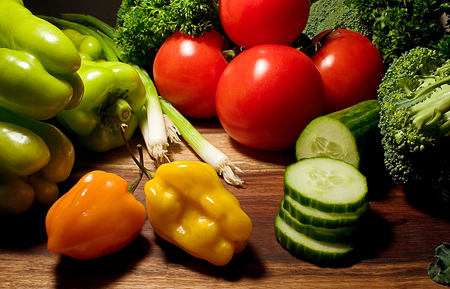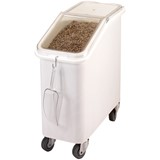Be it when buying from their local supermarket or during a dining experience, customers want to know that what they're eating isn't just fresh, it's environmentally friendly. Fortunately fresh and sustainable isn't that hard to find anymore. So here are a few tips to make the process from producer to plate as easy as possible.
Snuggle up to the locals
Your restaurant is going to be operating six days a week, maybe even seven. And that basically means you need fresh produce arriving without hiccups and hassles every day. Logistically the first thing you need to do is minimise the distances any fresh produce has to travel. And that means buying as close to your kitchen as you can. Source an organic vegetable farm within sensible delivery distance, nut out the daily requirements and set up standard deliveries. Do the same with a reputable butcher.
Grow your own

Aside from anything else it's a great marketing ploy sure to win customers with the 'Good Life' vibe of food delivered straight from your garden to table. It also gives you complete control over growing processes – you know there aren’t any harmful pesticides in your crops because you grew them yourself - you can pass this reassurance on to your clientele. If space is an issue and your options for growing offsite are minimal, choose a few staple items to grow yourself in sufficient volumes. Make a song and dance about this as it can only enhance your image.
Prepare for a climate change
Seasons change and so does your access to seasonable produce. So be mindful that something you can easily source locally through spring and summer might be conspicuous by its absence through autumn and winter. The most straightforward answer is to have a seasonal menu and change it according to what you can source at any given time of the year. But if your restaurant brand and menu doesn’t allow for such flexibility, you’ll need a seasonal Plan B.
Join a cooperative buying group
The downside of such cooperatives is a general lack of flexibility and longer lead times. However the savings can be considerable when you have group buying power on your side. Your produce is also likely to be purchased from further afield, even overseas, so there may be small compromises on freshness. And remember, no matter who you buy from, be it local or offshore, insist on total transparency in their growing processes, ingredients and labelling.




